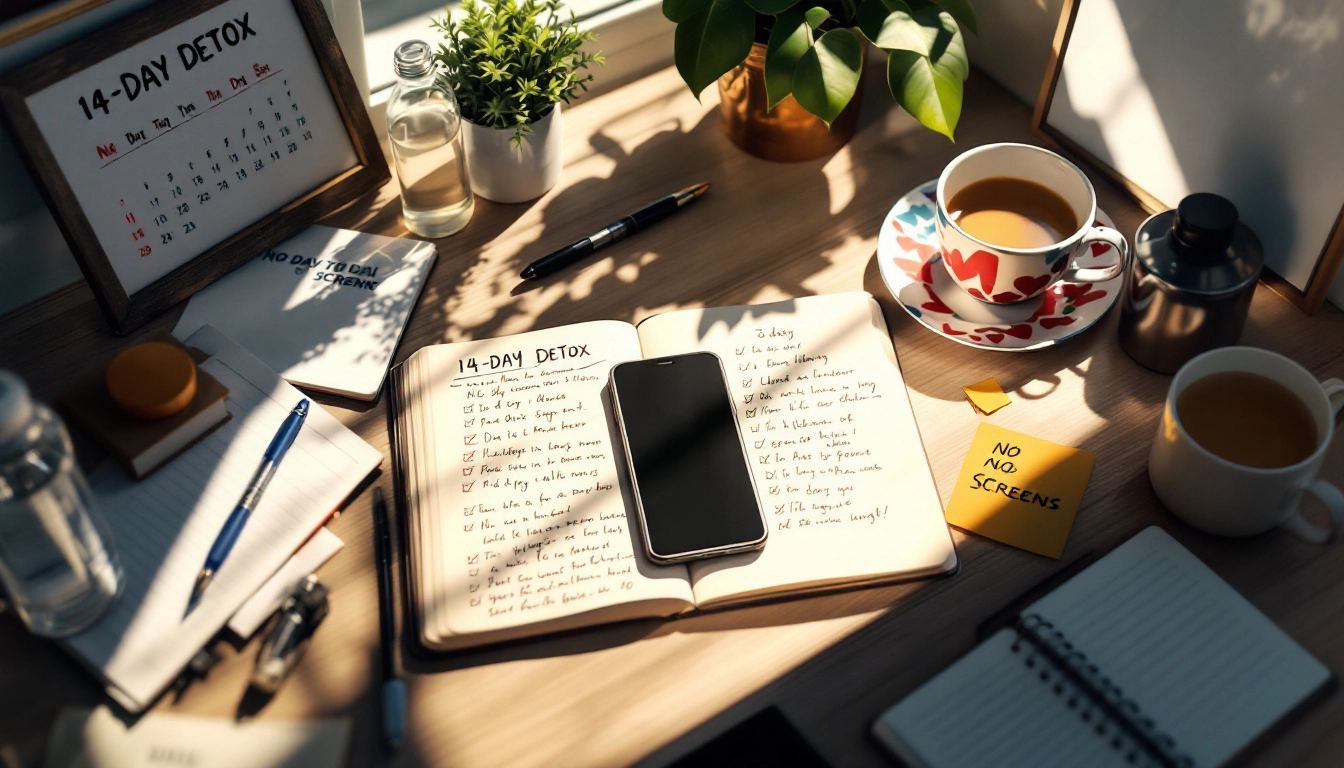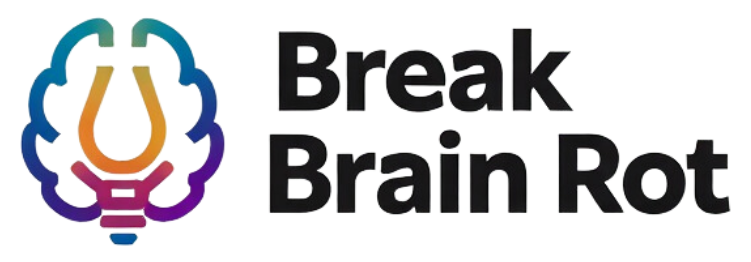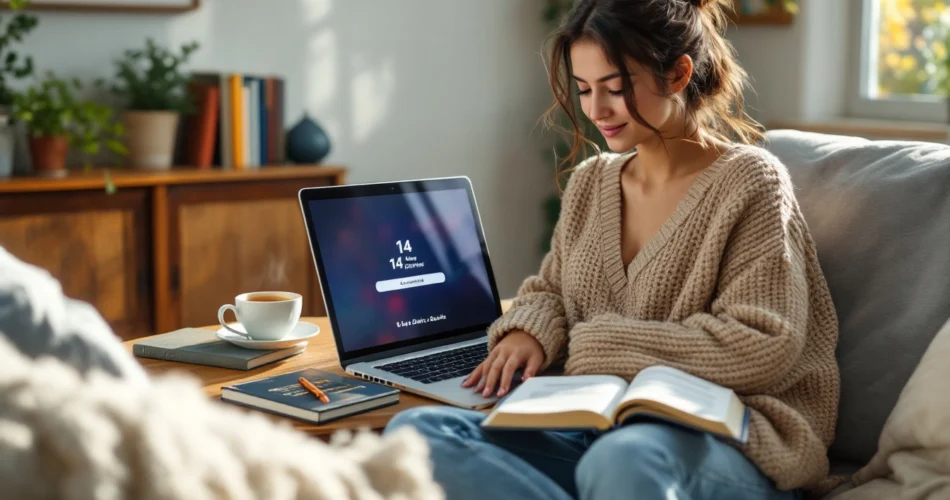Table of Contents
- What Is a 14-Day Social Media Detox Challenge?
- The Immediate Benefits Within the First Week
- Long-Term Results After 14 Days
- Common Struggles and How to Overcome Them
- Real-Life Stories and Testimonials
- Tips to Maintain Results After the Detox
- FAQs
- Conclusion
What Is a 14-Day Social Media Detox Challenge?
The 14-day social media detox challenge is a commitment to step away from platforms like Instagram, TikTok, and Facebook for two full weeks. The goal is to cut the cycle of endless scrolling, reclaim your time, and improve mental well-being. Fourteen days is long enough to break a habit loop but short enough to feel achievable.
How to Prepare:
- Define your goals: Do you want to improve sleep, boost productivity, or simply recharge mentally?
- Set boundaries: If you need social media for work, use scheduling tools and limit non-work usage.
- Use tech helpers: Apps like Freedom or Screen Time blockers can support your detox. Learn how to reduce screen time effectively.
For a deeper look at digital detox benefits, check out Psychology Today’s guide.

The Immediate Benefits Within the First Week
Improved Mental Clarity
Without constant notifications and doomscrolling, your brain can process information more effectively. Many people report less anxiety and better focus during the first three to five days. Explore more about the benefits of mindfulness.
Better Sleep Quality
Blue light from screens disrupts melatonin production. Cutting evening social media boosts restful sleep. Harvard Medical School confirms the link between screen use and troubled sleep patterns.
Stronger In-Person Connections
With your phone down, you naturally engage more in face-to-face conversations. Many participants say they feel more present with family and friends during week one.
Long-Term Results After 14 Days
Enhanced Productivity
Less social scrolling means more time for valuable tasks. Two weeks without distraction often leads to noticeable gains in focus and time management. Try these productivity hacks without social media.
Boost in Creativity
Free time from scrolling encourages creativity. Participants commonly report returning to hobbies like reading, journaling, or painting.
Improved Emotional Well-being
By removing the constant stream of highlight reels, you reduce negative comparisons and anxiety—key contributors to emotional stress.
Common Struggles and How to Overcome Them
FOMO (Fear of Missing Out)
Fear of missing updates is real. A mindset shift helps—remind yourself that real-life presence outweighs digital updates.
Withdrawal Symptoms
Some experience irritability and boredom in the first few days. Recognize it as part of breaking the habit loop. Healthline explores these symptoms in detail.
Accountability and Tracking
Daily journaling or using detox apps helps you track progress. Sharing your journey with a friend can also provide accountability.
Real-Life Stories and Testimonials
Many people who tried the detox highlight similar outcomes: increased focus, better relationships, and reduced anxiety. One participant reported gaining an extra hour daily to pursue fitness goals—another discovered they were less stressed about external validation.
Key Takeaways:
- Better time management
- Reduced mental clutter
- Improved self-esteem
Some even extend their detox into 30 days for deeper results, proving the long-term effectiveness once the initial two weeks show promise.
Tips to Maintain Results After the Detox
Create Healthy Digital Habits
Schedule limited check-ins for social media, instead of letting it dictate your attention.
Replace Screen Time
Use your regained hours for exercise, book reading, or skill-building activities.
Build Sustainable Routines
Incorporate tech-free evenings, journaling, and mindfulness practices into your daily life to prevent old habits from sneaking back in.
Frequently Asked Questions
What are the main 14-day social media detox challenge results people experience?
Most participants report better sleep, reduced anxiety, more productivity, and stronger in-person connections.
Is a 14-day detox long enough to see real lifestyle changes?
Yes, two weeks is often enough to reset your relationship with social media and build new, healthier habits.
How can I stick to the detox if I need social media for work or business?
Plan scheduled posting times, use automation tools, and separate professional use from personal scrolling.
Do withdrawal symptoms happen when quitting social media?
Yes, irritability and restlessness are common for the first few days, but they fade as your brain adjusts to less stimulation.
Can a social media detox improve mental health?
Absolutely. Many studies suggest reducing screen exposure lowers anxiety, decreases comparison stress, and creates emotional balance.
What if I relapse during the challenge?
Don’t be hard on yourself. Restart where you left off and remind yourself of your initial goals.
Conclusion
The 14-day social media detox challenge results prove that even a short break can dramatically improve your life. In as little as two weeks, you can sleep better, feel more present, and boost productivity while freeing yourself from endless scrolling. If you’ve been feeling distracted, anxious, or stuck in a cycle of comparison, now is the perfect time to reset. Start your 14-day challenge today—you may find that this small step transforms your lifestyle in ways you never imagined.

